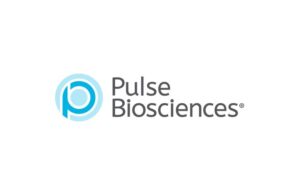 Pulse Biosciences (Nasdaq:PLSE) announced today that it filed for FDA 510(k) clearance for its novel CellFX nsPFA Cardiac Clamp.
Pulse Biosciences (Nasdaq:PLSE) announced today that it filed for FDA 510(k) clearance for its novel CellFX nsPFA Cardiac Clamp.
Hayward, California-based Pulse designed its CellFX nanosecond pulsed-field ablation (nsPFA) technology to treat AFib. The company utilized this technology with a catheter for the first time in humans last month.
Pulse’s Cardiac Clamp produces continuous linear transmural ablations during concomitant cardiac surgical procedures using CellFX. The bipolar clamp uses the proprietary nsPFA nonthermal ablation technology developed by Pulse.
According to a news release, preclinical data suggests this ablation method could offer safety and performance benefits over current thermal cardiac ablation technologies. Pulsed-field ablation competition has continued to heat up recently in general. Earlier this month, Medtronic became the first company to win an FDA nod for PFA to treat paroxysmal and persistent AFib. Boston Scientific just last week said it expects FDA approval for its Farapulse PFA system in the first quarter of 2024.
Pulse says a single CellFX nsPFA Cardiac Clamp ablation can be done in one-twentieth of the time of current thermal ablation technologies. Due to the nonthermal mechanism of action, it reduces the risk of thermal spread leading to damage to adjacent tissue and structures.
Dr. Gan Dunnington, chief medical officer for cardiac surgery at Pulse, believes it could “become the gold standard” in cardiac ablation. The company expects, based on FDA guidance, to hear back on the agency’s review within 90 calendar days.
“We are beyond excited to start 2024 with another milestone in the company’s progress into the cardiac market. We expect the CellFX nsPFA Cardiac Clamp will demonstrate the superior safety and effectiveness of nsPFA for cardiac ablation in cardiac surgery and will serve as an entry point into this large and growing market,” said Kevin Danahy, Pulse Biosciences president and CEO. “Along with our CellFX nsPFA 360 Cardiac Catheter, we plan to surround cardiac care teams with next-generation nsPFA technology to drive better patient outcomes.”